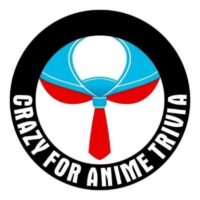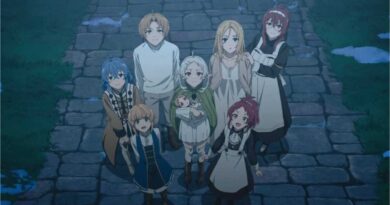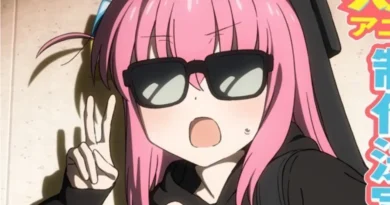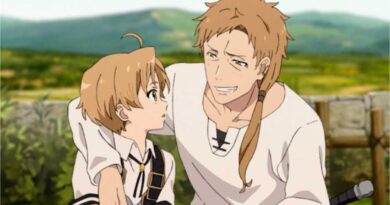5 Last-Minute Changes That Shaped the Story of Dragon Ball
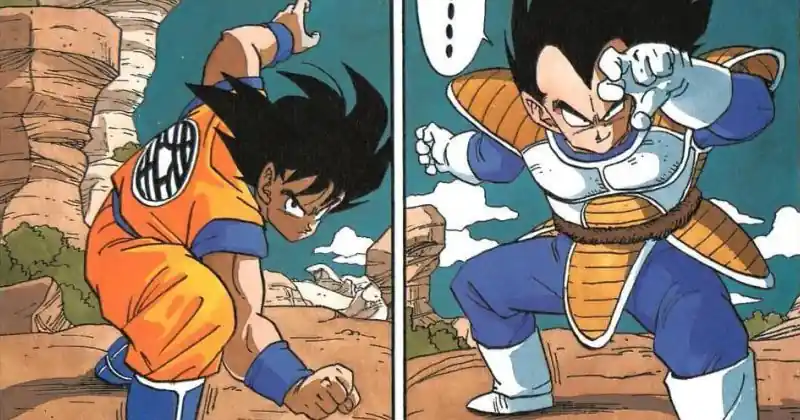
The Dragon Ball saga we know today was heavily influenced by sudden decisions made by its creator, Akira Toriyama, often under pressure from editors or as a response to fan reception. While many fans believe the series had a clear long-term plan, in reality, many iconic moments and character arcs were improvised or drastically altered at the last minute.
5 Last-Minute Changes That Shaped the Story of Dragon Ball
Here are five key last-minute Dragon Ball story changes that had a major impact on the direction of the franchise
1. Gohan Was Meant to Replace Goku as the Main Character
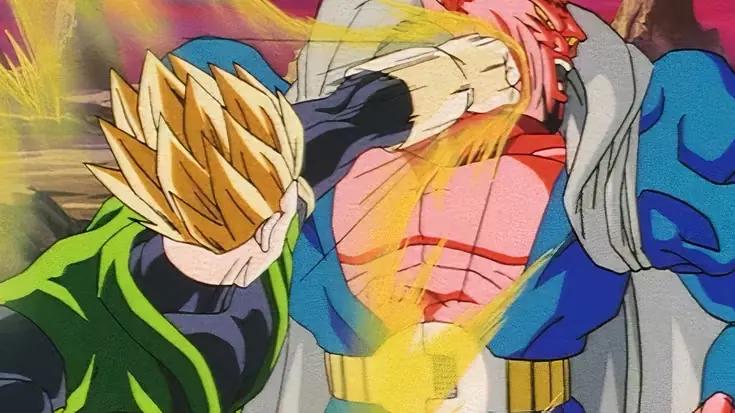
Following Goku’s sacrifice during the Cell Games, all signs pointed to Gohan becoming the new protagonist of Dragon Ball. His explosive power against Cell showcased his potential as Earth’s next defender.
However, things shifted quickly in the Buu Saga. Gohan took a backseat after his defeat by Majin Buu and spent most of the arc training with the Elder Kai. Even his powered-up return against Super Buu was cut short when the villain absorbed Gotenks. From that point on, Gohan was no longer the focus — Goku and Vegeta reclaimed the spotlight.
Though he had brief moments in Dragon Ball Super — especially in the Tournament of Power — it wasn’t until Dragon Ball Super: Super Hero that Gohan returned to center stage… and even then, Piccolo arguably stole the show
2. Vegeta Was Supposed to Be a One-Off Villain
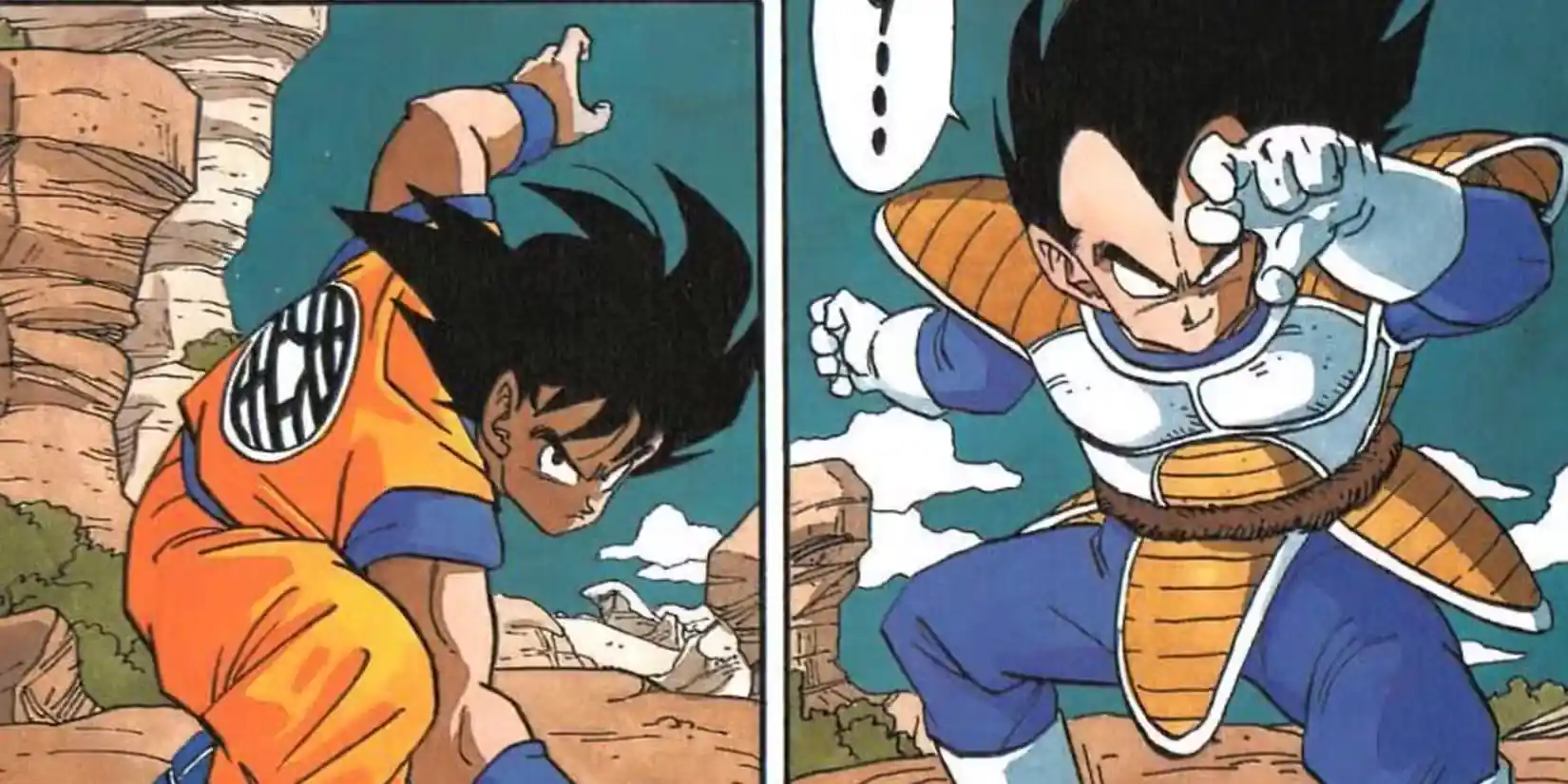
It’s hard to imagine Dragon Ball without Vegeta, but he wasn’t originally intended to become a recurring character. In fact, Toriyama planned for him to be a short-lived antagonist in the Saiyan Saga.
However, Vegeta’s immediate popularity with fans led to a change of plans. Instead of killing him off, Toriyama kept him around — sparking the long-standing rivalry with Goku that remains one of the series’ central dynamics.
3. Piccolo Was a Demon Before Becoming a Namekian

Today, Piccolo is known as a proud Namekian, but that wasn’t always the case. In the early Dragon Ball chapters, Piccolo and his “father” were portrayed as demonic beings with no alien origin.
It wasn’t until the Saiyan Saga that his extraterrestrial roots were revealed, helping to lay the groundwork for the Namek Saga and the battle with Freeza. This retcon became a crucial turning point, reshaping Piccolo’s identity and his role in the larger Dragon Ball universe.
4. Goku Wasn’t Meant to Grow Up So Soon
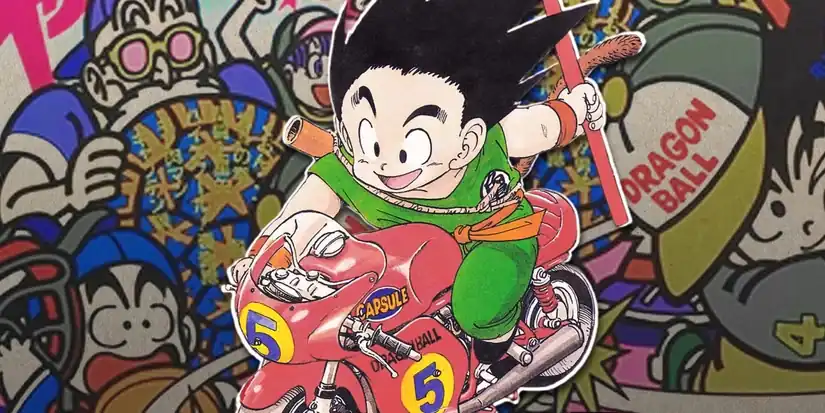
For much of early Dragon Ball, Goku is seen as a mischievous kid. His transformation into an adult — after training with Kami and Mr. Popo — wasn’t initially welcomed by Toriyama’s editors, who felt audiences preferred younger protagonists.
Despite the pushback, Toriyama believed that aging Goku was essential for character growth, allowing the story to mature with him. This decision eventually gave fans iconic moments like Goku’s marriage, his battles as a father, and his mentorship of the next generation.
5. Android 19 and Dr. Gero Weren’t Meant to Be Replaced

When Trunks first warned of the coming Android threat, the initial villains were Android 19 and Dr. Gero. Goku was left helpless due to his heart virus, and Android 19 easily overpowered him.
But editorial feedback struck again — this time criticizing their designs. As a result, Toriyama introduced Androids 17 and 18. Yet even they were deemed “not threatening enough,” prompting the creation of Cell, who ultimately became the main antagonist of the arc.
These sudden pivots gave the Android/Cell Saga a disjointed feel compared to earlier arcs, but they also introduced some of the franchise’s most iconic characters.
Many of the twists and developments fans love in Dragon Ball were born out of improvisation and editorial input. These last-minute Dragon Ball story changes not only shaped the narrative we know but also contributed to the series’ long-standing appeal.
